Solar energy: A breakdown of solar power
Solar energy is a renewable energy source consisting of light and heat from the sun. We have the ability to convert solar energy into usable electric and thermal energy with technology like solar panels. “Solar power” is the term most commonly used when referring to solar energy after it has been converted to usable electric or thermal power.
How can we use solar energy?
Last updated on August 28, 2019 by Evan Nicoles
The two most popular technologies for harnessing solar energy are solar photovoltaics (PV) and solar thermal.
Solar PV
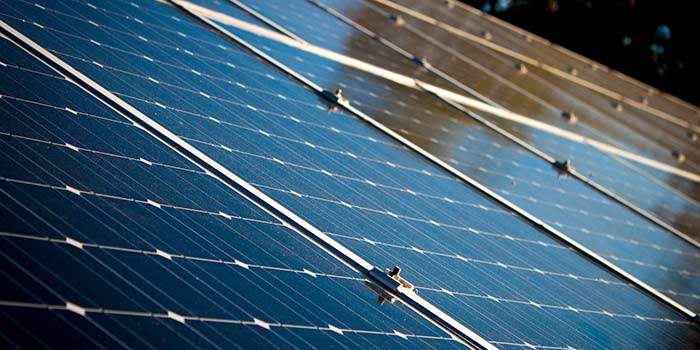
Photovoltaic cells can convert the sunlight portion of solar energy into electricity. Solar panels are made up of groups of these solar cells. PV systems are comprised of solar panels which can be installed on your roof to help power your home.
Solar Thermal
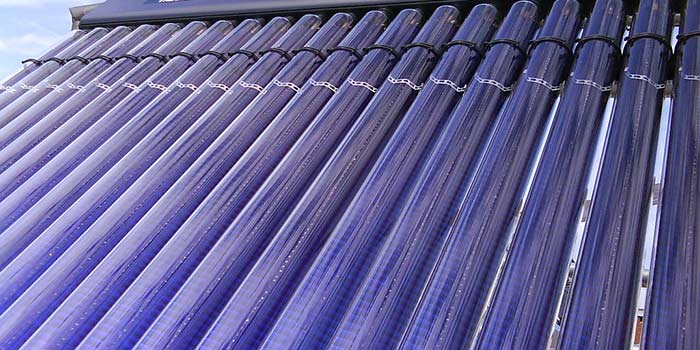
Getting usable thermal energy from the sun is much easier than the conversion of light energy. You can simply stand outside on a sunny day and feel the thermal energy from the heat of the sun on your skin.
Solar thermal is primarily used for heating things up, such as hot water via a solar water heater. Additionally, power plants can use concentrated solar power to collect solar thermal energy in order to generate electricity.
Which technology is best for solar power?
Overall, electricity is more useful than thermal energy. While solar thermal can be converted to electricity, this conversion is much less efficient than solar PV. Therefore, solar PV is the most economic solar technology for residential and utility-scale solar power.
Advantages and disadvantages of solar energy
Advantages
- Renewable, sustainable, and clean energy source
- Excellent investment
- Wide availability of solar energy potential in US
Disadvantages
- High upfront costs
- Availability isn’t constant (the sun goes down at night)
- Energy storage can be expensive
Cost to solar power your home
Switching to solar is an excellent long-term investment for homeowners. While installing a solar PV system does come with high upfront costs, incentives like the solar Investment Tax Credit (ITC) help to make solar more affordable.
SolarReviews.com estimates that an average-sized residential PV system of 6kW would cost $13,356 after claiming the ITC.
Solar energy is a renewable energy source
What is renewable energy?
Renewable energy is any energy source that does not deplete when it has been used. It can also be defined as a source that can be replenished within a human's lifetime.
Why do we need renewable energy?
Over 60% of US electricity is generated from fossil fuels like coal and natural gas. Although it is commonplace to rely on fossil fuels for electricity, these sources come with a myriad of problems. The process of mining and extracting fossil fuels has detrimental effects on both environmental and human health. One of the biggest issues with fossil fuels is that they are finite, with sources such as natural gas running out in the next 80 years.
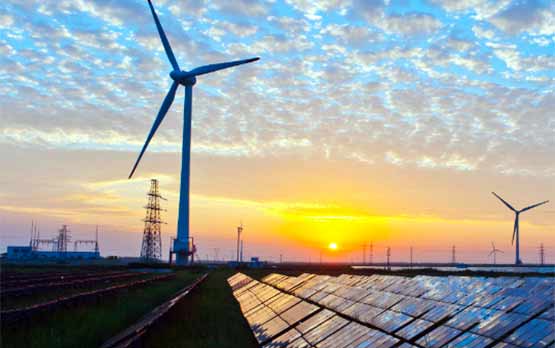
The case for solar energy
The problems associated with fossil fuels can be avoided by switching over to renewable energy resources, like solar. Solar energy is a cleaner, safer, and inexhaustible alternative to these conventional energy sources. In fact, a recent study found that local solar is cheaper than the majority of the US coal fleet.
Availability of solar energy
Certain areas in the world with little sunlight may not be ideal for solar PV. Fortunately, the United States as a whole receives enough daily sunlight hours throughout the year to make going solar a viable and smart option.
What happens when the sun goes down?
Unfortunately, PV solar systems won’t produce electricity at night or when there is no sunlight. Storing excess electricity that is generated throughout the day can make up for the lack of sun at night.
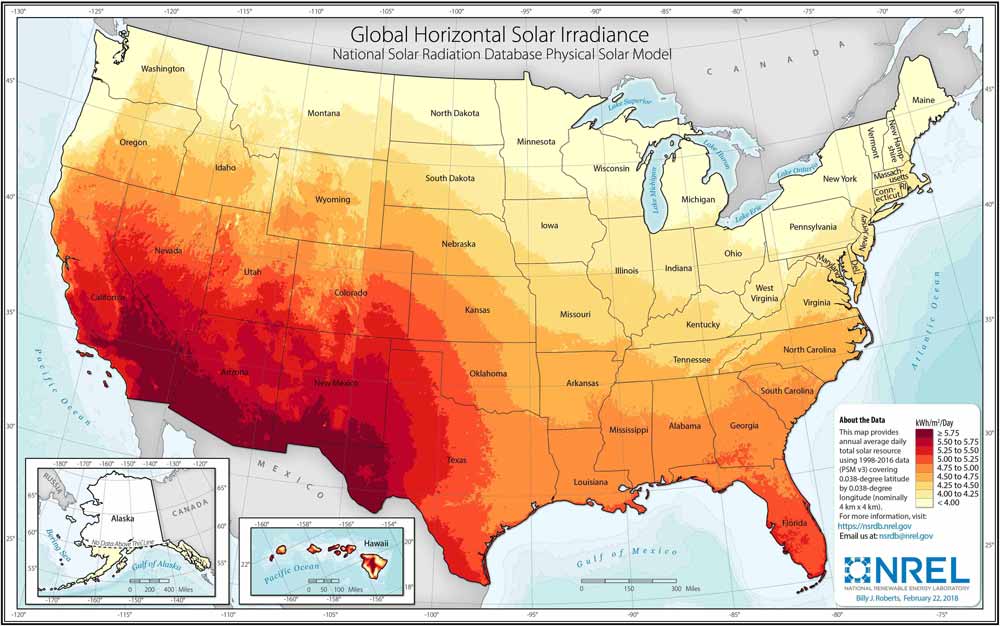
This image is provided by NREL (National Renewable Energy Laboratory)
Storing solar energy
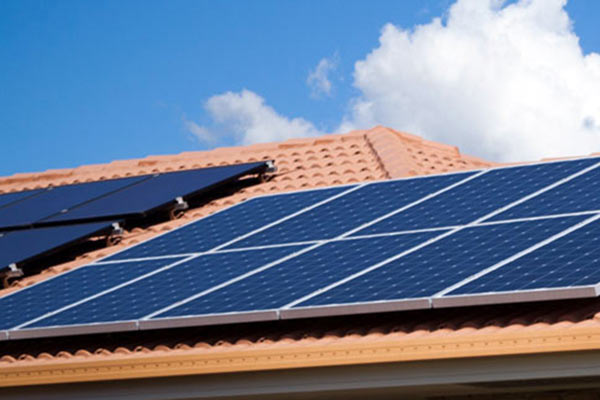
How can you store solar energy?
There is no difference between electricity and solar electricity; all electricity is the same, regardless of the source. Therefore, the electricity produced from a PV system can be stored in a battery, such as the Tesla Powerwall.
The problem with energy storage
The largest issue with energy storage is that it's expensive. While a solar PV system can be a great investment on its own, the additional expense of solar batteries tends to cut into the homeowner's investment.